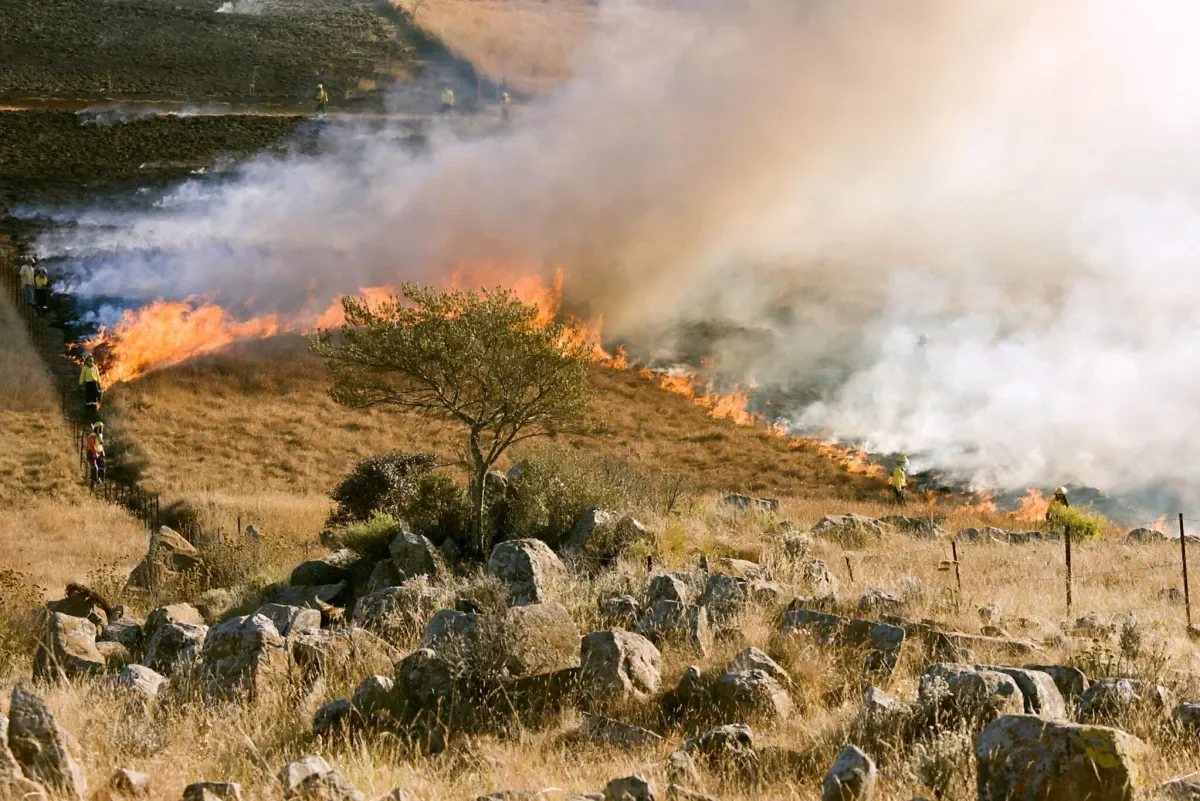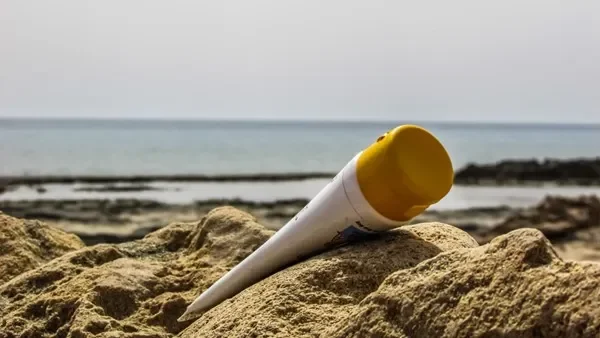
April 11th 2025 marked a significant moment for the international shipping industry and global trade. The International Maritime Organization (IMO) — the UN agency that regulates international shipping — approved a new measure to reduce greenhouse gas (GHG) emissions from the sector, combining a fuel standard with a GHG pricing mechanism with the goal of reaching net-zero by 2050. If adopted at the next meeting of the Marine Environmental Protection Committee, scheduled for Fall 2025, this measure is set to be a key legal driver of shipping decarbonization at the global level through 2050.
In 2023, the IMO agreed on a strategy to reach net-zero in international shipping by 2050, with zero or near-zero (ZNZ) emissions technologies and fuels making up at least 5% of the energy used by the sector by 2030. The measures negotiated this Spring are, in their current form, unlikely to be sufficient to reach those goals, as a number of concessions were required to bring enough States on board for the measures to pass at a vote. However, the text still contains a number of significant positive elements.
ZNZ Shipping Fuels
For one, the fuel standard may close the business case for future development of LNG as a shipping fuel — but the jury is still out on this. The limit of what counts as a ZNZ fuel is set at 19gCO2eq/MJ, which will be reduced to 14g in 2035. Crucially, this fuel standard is measured ‘well-to-wake,’ meaning that the entire lifecycle of the fuel is assessed, including upstream emissions. The more carbon intensive biofuels will be excluded, while the cleaner end of the range will be eligible.
One of the crucial goals of these measures is closing the price gap between fossil fuels and their alternatives; it was hoped that a particularly stringent set of measures may have rapidly transformed green hydrogen/ammonia/methanol into the cheapest option for fuelling large vessels, and with that provided enough demand to stimulate their development and expansion. These fuels are not currently produced in sufficient volumes, and significant stimulus is required for them to get off the ground as a viable alternative to fossil fuel. Thus, much remains to be done at the national and multilateral level to incentivize and subsidize this capital-intensive industry.
Ports
The text allows for revenues collected through the GHG pricing mechanism to be allocated towards maritime, coastal and port-related infrastructure and equipment but as revenues collected by the IMO are limited compared to the global cost of the transition, will prioritize SIDS and LDCs, and must also be used to pay out annual rewards to compliant vessels, this money is unlikely to be reach ports in wealthy countries such as Ireland — at least not to a large extent. Instead, public authorities and shipping sector will need to play an active role in order to keep up with the new regulations and benefit from its system of rewards.
A green corridor is currently being trialled on the Dublin to Holyhead route, and Dublin Port is currently seeking to become net-zero by 2050. HVO, a lower-carbon alternative fuel is currently being trialled as a fuel for pilotage at Dublin Port. Further expansion of ZNZ fuel infrastructure should take into account these measures, and the risk of creating stranded assets when developing the infrastructure for fuels with only near-term viability.
Maritime workers
Furthermore, the vast majority of maritime workers are trained in the construction, operation and maintenance of the existing fossil-fuel based infrastructure. One of the challenges of this energy transition is ensuring that this workforce is not left behind as the industry undergoes a rapid transformation. Thanks to the support of Irish Aid and the UN Foundation, DCU has provided training to more than 200 members of delegations to the IMO from over 65 developing countries since 2022. However, much more work remains to be done to ensure an inclusive energy transition throughout the sector.



